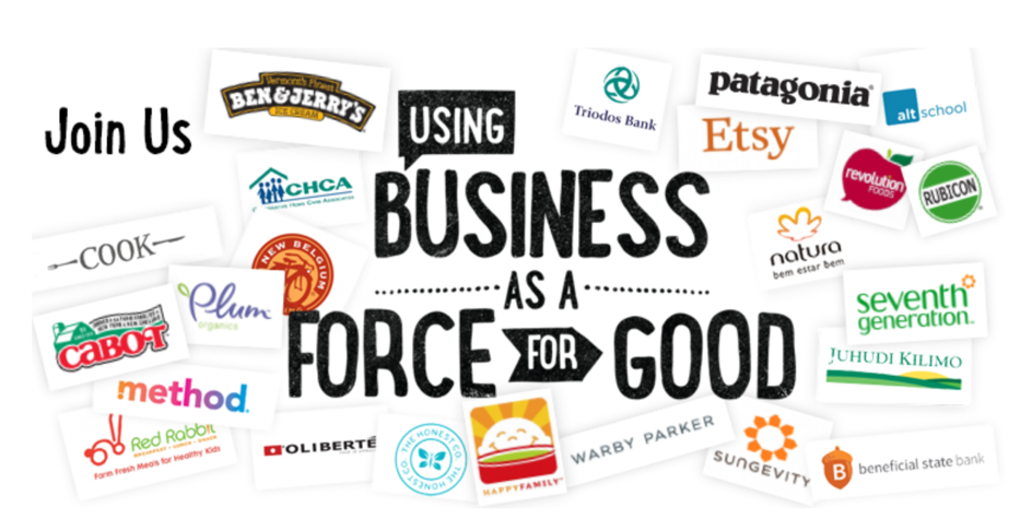From brand purpose to proof of purpose
How do you prove that you are who you say you are and practice what you preach? In the last 10 years, we have seen a shift in how brands approach the age-old issue of credibility.
In 2013, millennials were the largest demographic cohort in the marketplace, they were better informed, more idealistic and more demanding than any generation before them. They expected to get what they wanted because they found themselves in an era when if you wanted something, more often than not technology allowed it (there’s an app for that). They wanted corporations to be better citizens to match their own personal values and to wake up to the climate crisis. In addition to this, they were starting to expect far greater transparency from corporations, as each new case of institutional corruption and malpractice came to light - the preceding years had seen an MP’s expenses scandal in the UK and the global financial crisis to name just two.
It was perhaps no coincidence that this was also the start of the era of Brand Purpose. A shift in emphasis from corporate social responsibility (CSR) as an afterthought, or as a specific department in a business, to it being at the very heart of what a company did. Brands that were integrating CSR in such a way that it became part of their brand story were being rewarded for being authentically responsible corporate citizens, rather than just paying lip service.
10 years on, communicating a clear brand purpose is as important as ever, not least because in the post-pandemic employees market, there is fierce competition for staff, and businesses that can prove they are a force for good will have an advantage over those that can’t. Doing good is now good for business, with article after article stating that profit and purpose are inextricably linked.
But who do you believe?
With greenwashing now under the spotlight of the Competition and Markets Authority (CMA), organisations are under pressure to back up their claims with action, and those that can prove that they really are the good corporate citizens they say they are will stand out.
We would always argue that making sure you are walking the walk before you talk the talk is the way to prove the authenticity of your purpose. Aspirations about what you plan to do in the future are not going to cut it anymore when compared with organisations that are able to demonstrate what they have already done.
One way to walk the walk is to become a B Corp.
“The sooner a company tries to be what it is not, the sooner it tries to ‘have it all,’ the sooner it will die.”
A selection of B Corps
What is B Corp?
The B Corp movement started in 2006 and is a “nonprofit network transforming the global economy to benefit all people, communities, and the planet”. It has now certified 5,151 companies which meet high standards of social and environmental performance, accountability, and transparency.
There are lots of impact-related certifications out there, but B Corp seems to be the one which is carrying the most weight, possibly because of its notoriously rigorous certification process.
To assess your impact you must complete the B Impact Assessment by answering a series of questions about your company's practices and outputs across five categories: governance, workers, community, the environment, and customers.
Example Impact Assessment questions:
Governance
What portion of your management is evaluated in writing on their performance with regard to corporate, social, and environmental targets?
Workers
What is included in your company’s written and accessible employee handbook?
Community
What % of management is from underrepresented populations? (This includes women, minority/previously excluded populations, people with disabilities, and/or people living in low-income communities.)
Environment
What % of energy used is from renewable on-site energy production for corporate facilities?
Customers
How do you verify that your product improves the impact of your client organizations?
Once you have assessed your impact you get a score out of 200 points, with 80 and above allowing you to apply for certification (your assessment is then checked by B Corp and evidence will be requested to support your claims). With 200 points on offer, there are lots of ways you can get to the magic 80.
But nothing is easy or straightforward..
Having recently been through the impact assessment ourselves we can attest to its rigour.
For most, the assessment will precipitate some major changes to the way they operate and that requires serious consideration and stakeholder buy-in, especially for larger organisations. Measuring a company’s entire social and environmental impact takes time but it is during this time that the real benefit is felt.
This is a certification that actually makes a difference to your business's impact. It’s not just a tick-box exercise that companies use to demonstrate good intentions and give themselves an unearned pat on the back. Simply by going through this process, companies become better corporate citizens and even if they don’t certify, they will still benefit from the process.
If you’re looking for more detailed advice on how to become a B Corp, our client Seismic has this (beautifully designed ;-)) guide: Are you ready to B Corp?



